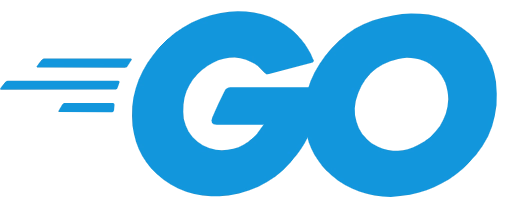golang grpc vue
发布时间: 2025-12-15 12:36:17
Golang, GRPC, and Vue: A Powerful Combination for Modern Web Development
Introduction:
In recent years, the demand for high-performance web applications has been on the rise. Developers are constantly looking for new technologies and frameworks to build efficient and scalable solutions. In this article, we will explore how combining Golang, GRPC, and VueJS can create a powerful development stack for modern web applications.
Golang: The Language of Concurrency and Performance:
Golang, also known as Go, is a statically typed language developed at Google. It offers built-in support for concurrency and is renowned for its excellent performance. With its compiled nature, Golang ensures fast execution times and low memory footprint, making it an ideal choice for building server-side applications.
GRPC: Efficient Communication between Services:
GRPC is an open-source framework developed by Google that provides a high-performance, language-agnostic RPC (Remote Procedure Call) system. It allows developers to define services and message types using Protocol Buffers, a language-agnostic binary serialization format. With GRPC, developers can easily define service APIs and generate client and server-side code in various programming languages, including Golang.
VueJS: A Fast and Flexible JavaScript Framework:
VueJS is a leading, progressive JavaScript framework used to build user interfaces (UIs). With its flexible yet powerful features, Vue allows developers to create interactive websites and single-page applications (SPAs). It leverages a Virtual DOM (Document Object Model) and provides reactivity, declarative rendering, and component-based architecture.
Integration of Golang, GRPC, and VueJS:
The integration of Golang, GRPC, and VueJS can result in a performant, scalable, and interactive web application. Here's how these technologies can work together:
1. Defining GRPC Services in Golang:
To begin the integration process, developers can define GRPC services in Golang. These services can represent various functionalities of the application, such as user authentication, data manipulation, or real-time communication. Developers can leverage Golang's concurrency features to handle multiple requests simultaneously, ensuring high responsiveness.
2. Generating GRPC Client Code for VueJS:
With the GRPC service definitions in Golang, developers can now generate client-side code for VueJS using the official GRPC Web package. This client code allows the VueJS application to communicate with the GRPC server and consume the defined services efficiently.
3. Creating Reactive Vue Components:
VueJS's component-based architecture enables developers to create reusable and reactive UI components. These components can be connected to the GRPC client code to fetch data from the server and update the UI in real-time. With Vue's reactivity, any changes made on the server-side can be immediately reflected in the UI, providing a seamless user experience.
4. Implementing Two-Way Data Binding:
VueJS offers two-way data binding, allowing the synchronization of data between the UI and the underlying GRPC services. This feature simplifies the development process by automatically updating the data on both ends whenever a change occurs. Developers can focus more on implementing business logic instead of worrying about manual data synchronization.
5. Leveraging Vue's Ecosystem:
VueJS has a vibrant ecosystem that includes numerous libraries and plugins. Developers can take advantage of these tools to enhance the functionality and appearance of their web applications. For example, Vue Router can be used for client-side routing, while Vuex provides state management capabilities. These additional features contribute to building robust and scalable applications.
Conclusion:
In conclusion, the combination of Golang, GRPC, and VueJS offers a powerful stack for developing modern web applications. Golang's concurrency and performance capabilities ensure efficient server-side processing, while GRPC facilitates seamless communication between the server and the client. VueJS's flexibility and reactivity enable the creation of interactive and responsive user interfaces. By leveraging the strengths of these technologies, developers can build high-performance web applications that meet the demands of today's users.
